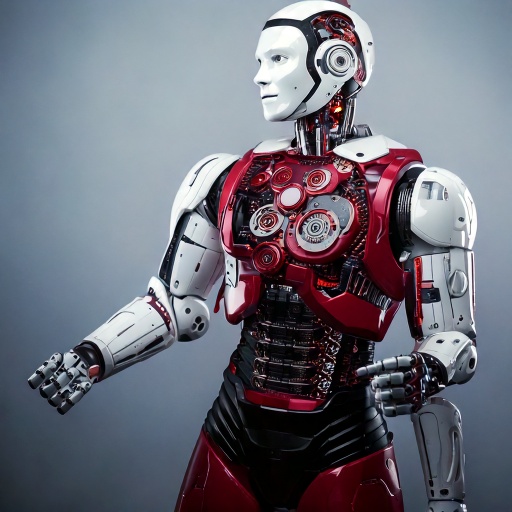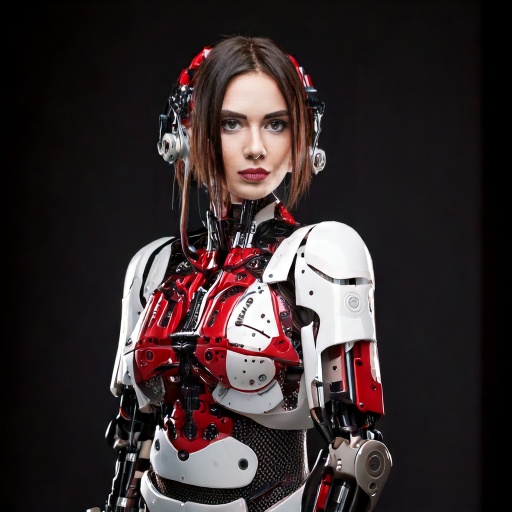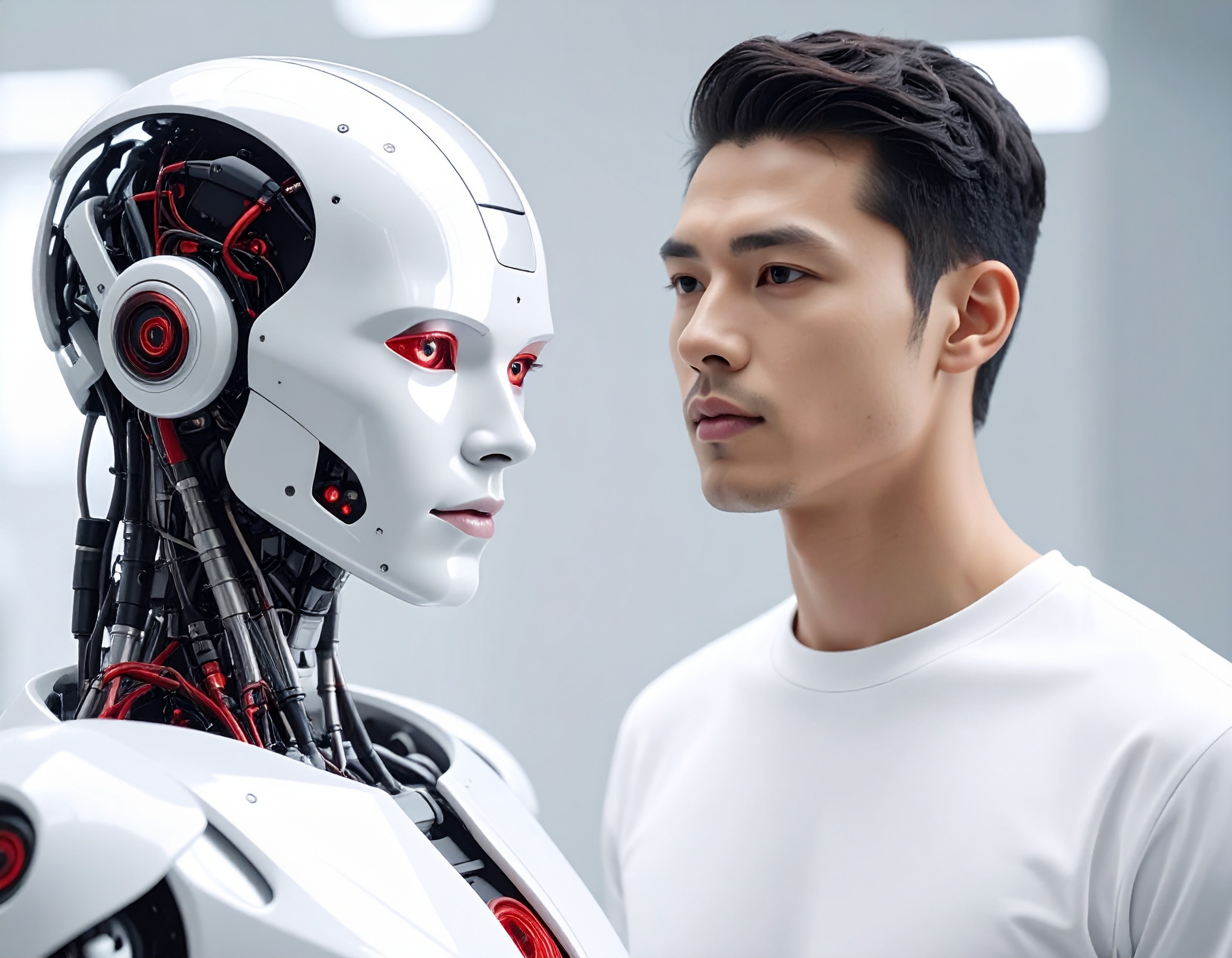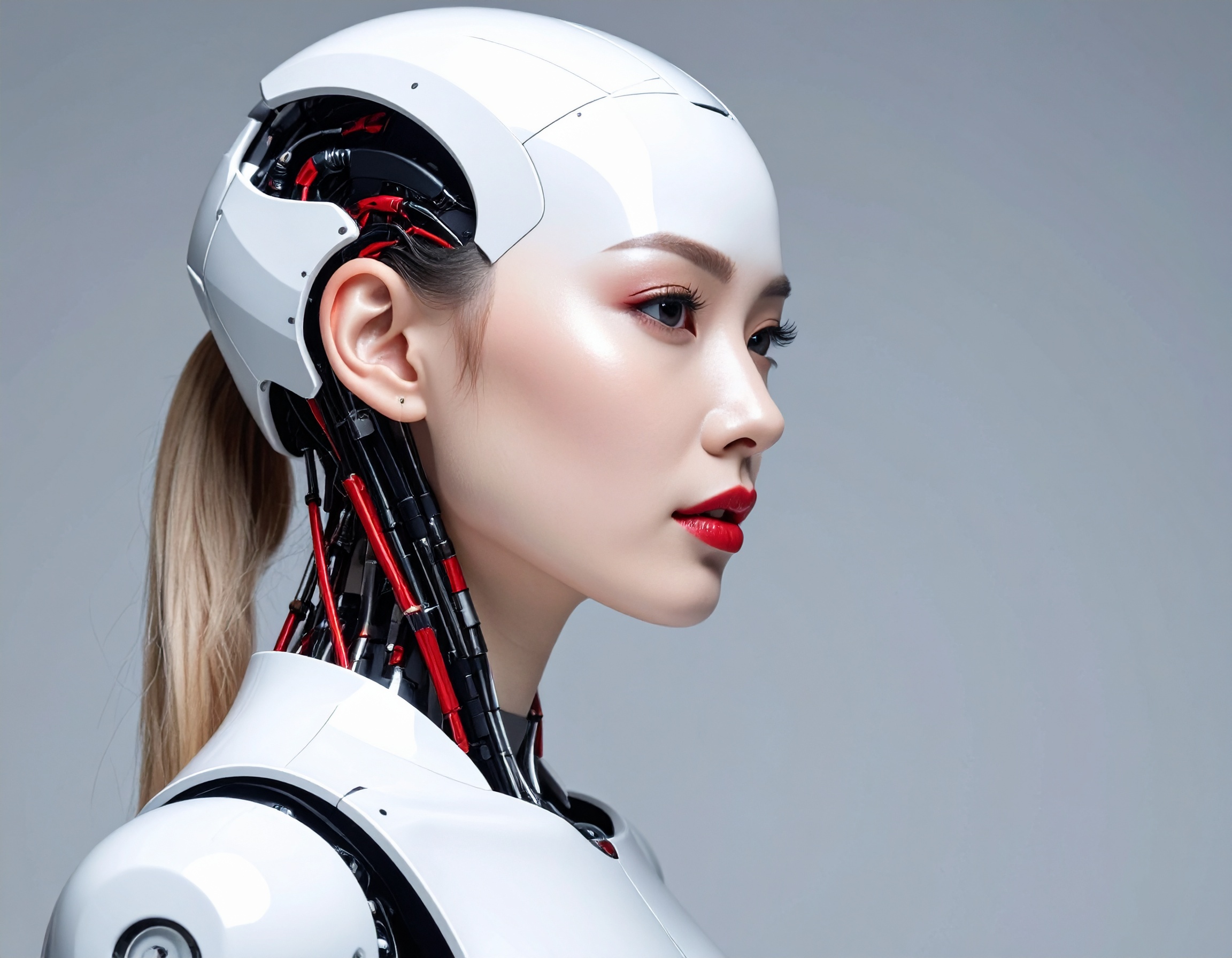Revolutionizing Robotics: How Water Vapor is Powering Soft Robots

Introduction to Soft Robotics and the New Breakthrough
Soft robotics is an exciting field that aims to create more adaptable, flexible, and efficient robotic systems. However, one of the major obstacles has always been how to power these soft structures, which rely on flexible materials and often lack the rigid components found in traditional robots. In May 2025, researchers from the University of Coimbra made an incredible breakthrough by using water vapor as a power source for soft robots. This new technology could transform the way soft robots are designed and deployed across various industries.

The Science Behind the Breakthrough
The key innovation lies in utilizing the natural phase change of water. The researchers developed an actuator that heats water, turning it into steam, and this process generates pressure that drives the robot's movement. The actuators are simple, scalable, and highly efficient, using as little as 24 volts to achieve substantial mechanical output. This offers a new approach that is both lightweight and powerful, addressing many of the issues with traditional power sources that require bulky pneumatic systems or high-voltage electronics.
Why This Is a Game-Changer
The technology has several advantages over existing methods of powering soft robots. Some of the major benefits include:
- Low Voltage Operation: With just 24V required, this system is much more energy-efficient than many traditional robotic actuators.
- High Force Generation: The actuators can generate forces of over 50 N, enough to perform a variety of tasks.
- Speed and Efficiency: With pressurization rates of up to 100 kPa/s, the actuators allow for quick response times in soft robotic systems.
- Modular Design: The actuators can be adapted to different types of movement, including linear or bending motions, making them versatile for various robotic applications.

Impact on Future Robotics and Applications
This new actuator technology opens up possibilities for untethered, mobile robots that can operate more autonomously and efficiently in complex environments. It is especially relevant for fields like healthcare, search and rescue, and manufacturing, where soft robots are needed to handle delicate tasks that require flexibility and precision.
The use of water vapor also has environmental benefits. Water is a natural, widely available resource that could reduce the reliance on chemical or synthetic power sources. This is a step towards more sustainable robotics, furthering the potential for soft robots to be used in even more applications across different sectors.
A New Era for Soft Robotics
The development of water vapor-powered actuators marks an exciting milestone in the field of soft robotics. By addressing the power limitations of traditional systems, this technology offers new possibilities for the design and functionality of soft robots, making them more efficient, versatile, and accessible for future applications. As this technology progresses, we may soon see a wave of soft robots that can perform complex tasks with ease—thanks to the power of water vapor.

Key Highlights:
- Water Vapor as Power Source: Researchers at the University of Coimbra have developed a new actuator that uses water vapor to power soft robots, leveraging the phase change of water from liquid to gas to generate pressure for movement.
- Low Voltage, High Efficiency: The actuator operates at voltages as low as 24V and generates forces over 50 N, making it both energy-efficient and powerful enough for various robotic applications.
- Modular and Flexible Design: The actuator is adaptable, allowing for different types of movement such as linear and bending motions, making it versatile for various soft robotic designs.
- Fast and Responsive: With pressurization rates up to 100 kPa/s, the actuator allows for quick, responsive movements, ideal for tasks that require precision and flexibility.
- Sustainability: Using water as a natural and widely available resource reduces reliance on synthetic or chemical power sources, contributing to more environmentally friendly robotics.
Reference:
https://techxplore.com/news/2025-05-vapor-powering-generation-soft-robots.html#google_vignette


